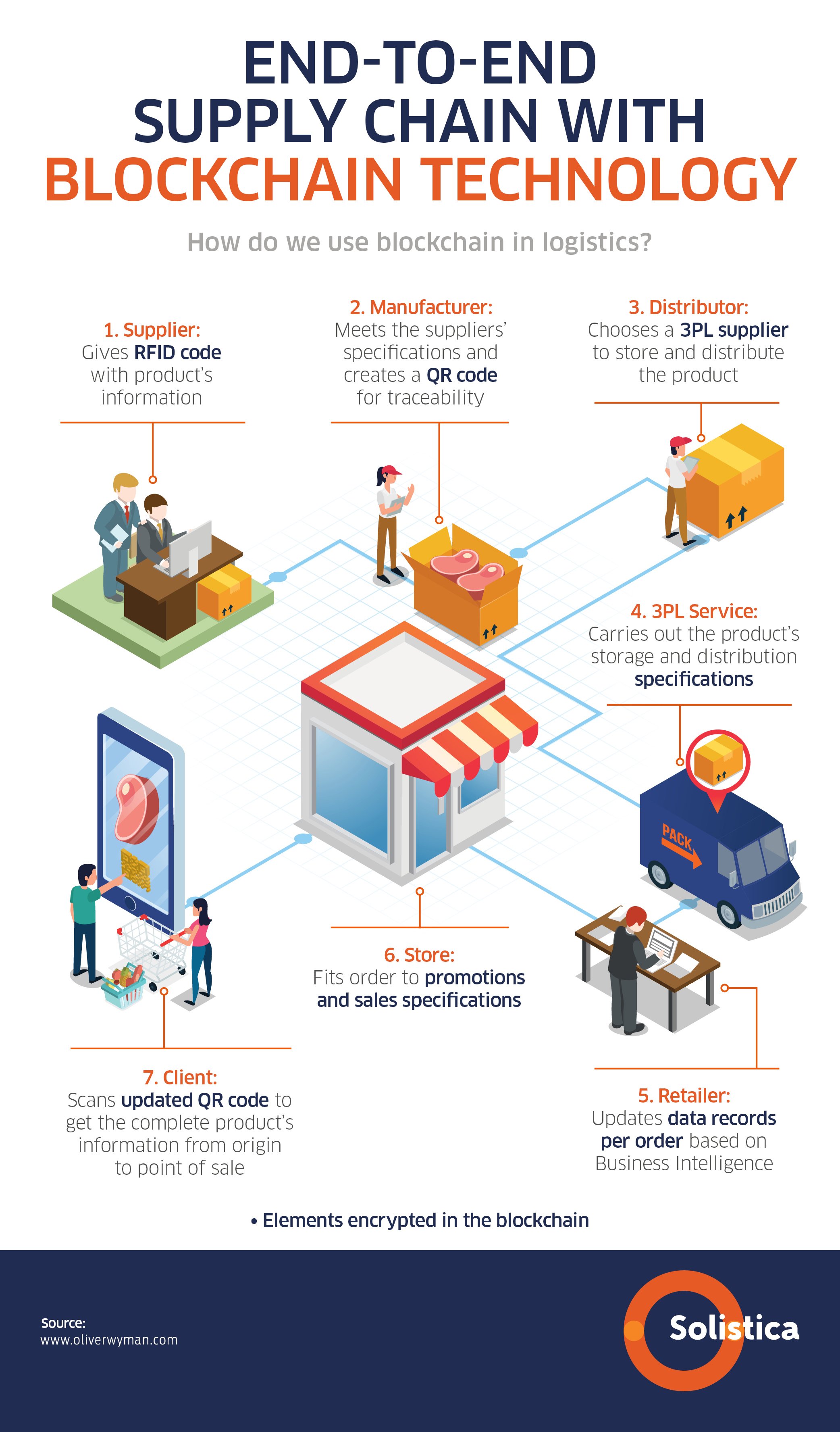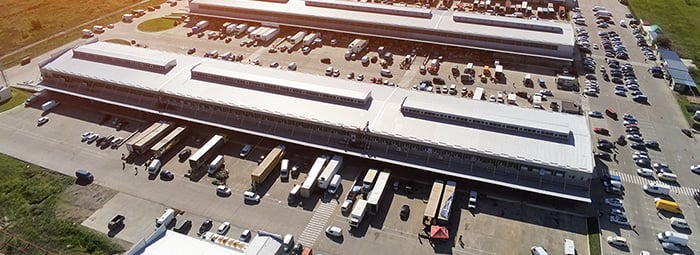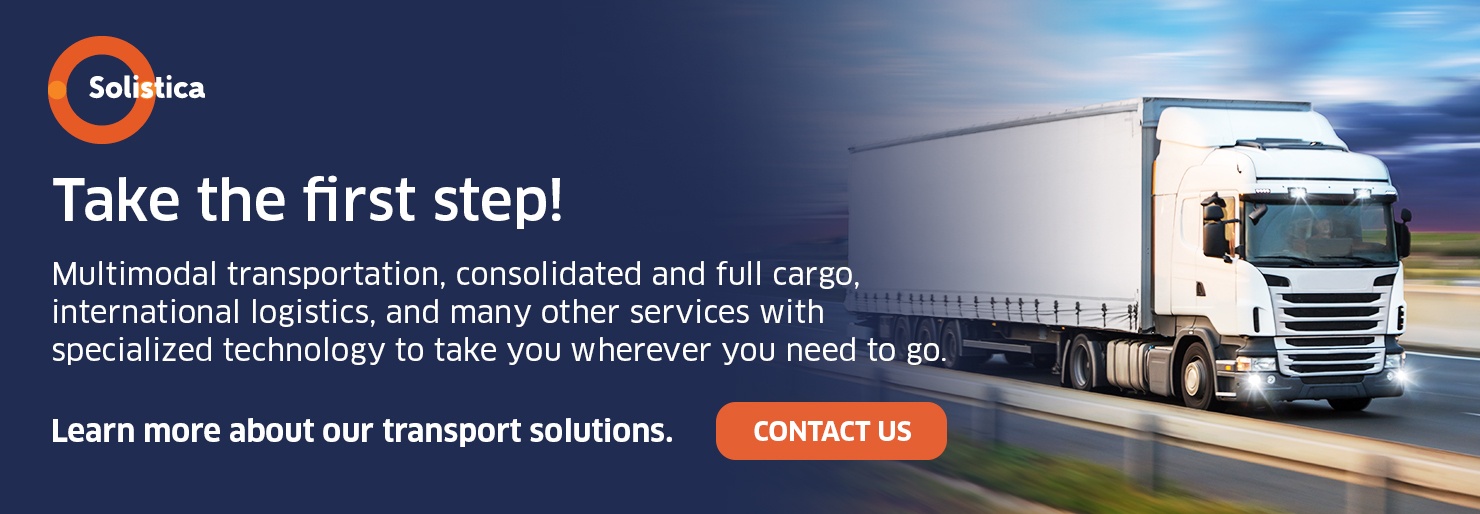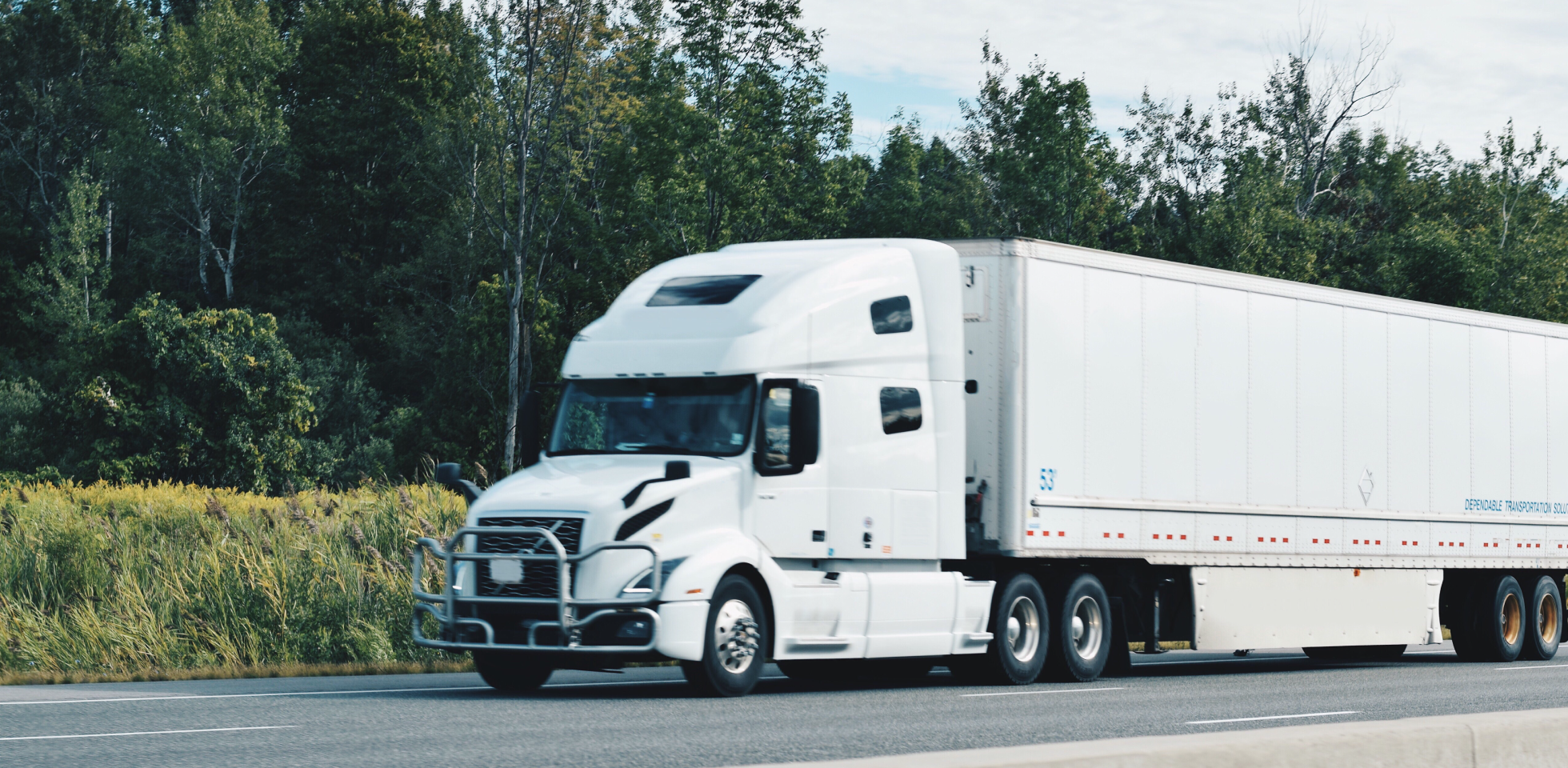The large number of processes in supply chains turn them susceptible to risks, which can be mitigated and avoided through prevention and action plans. Even though it requires a coordinated effort between the logistics, purchasing, legal, compliance, and finance departments to achieve this, it is also necessary to establish a culture of prevention throughout the whole company.
More companies every day understand the importance of measuring, monitoring, and controlling the failures, contingencies, and deficiencies in logistics using a system that considers the following points:
- Identifying potential risks: in other words, find out any factors that may affect the supply chain; for example, natural disasters, changes in legislation, loss of suppliers, financial solvency issues, strikes, and events in certain locations and hours.
- Assessing and assigning priority to risks: Sort risks according to these criteria: Type: quantitative (based on historical information, measurable and predictable) or qualitative (based on expert opinion.
Severity: insignificant, moderate, and serious
Frequency: null, rare, probable, or almost certain
Speed: ability to detect it in time - Preventing and solving risks: it consists of positing possible solutions to mitigate and avoid risks; for example, improving the quality systems, hiring insurance against risks, having safety equipment, and implementing traceability and control systems throughout the supply chain. This plan must be updated according to social and financial conditions.
- Controlling: constant revision to validate if the criteria for risks has changed; in other words, the level of severity, frequency, or speed. This control is based on operational risk indicators, activity statistics, data from events, and control reports, among other information.
Measures to prevent risks
The risks in the logistics of merchandise may come from multiple actors in the supply chain and, thus, can be countless and varied.
However, it is possible to keep some risks at bay and lower others via prevention measures. The following are some of the main measures:
- Regarding transportation: investigating accidents; auditing freight companies; inspecting transportation vehicles; choosing and training staff; monitoring trips; setting up custody for vehicles; carrying out schedule stops; implementing communication and geolocation systems; automated alarms; automated wheel locking; and automated fuel cut-off.
- Regarding inventories: distributing inventories to guarantee contingency plans is essential, as well as knowing how much stock we need at every location and time, forecasting the demand correctly, setting up safety margins for stock, and controlling the inventories in real time.
- Regarding picking: rotating teams at origin and reception centers and keeping a consolidated list of clients without any detailed information.
- Regarding software: routing locked by system.
Statistically, around the world the estimated costs for contingencies and negligence exceed the costs that may arise from implementing these prevention practices 5 to 1, so, as it commonly is true for almost all issues, prevention always looks better in paper.

Tip for improving risk management
We list some tips to make the risk management process more effective:
- Forming strategic partnerships with suppliers to make the best out of some benefits like scale advantages and priority services.
- Verifying that quality and quantity of merchandise we get from suppliers match the requisites set in the contracts.
- Making sure the accounts payable process guarantees the invoices match exactly what was ordered and at the same time, avoiding any duplicate invoicing.
- Having the adequate processes and technology to avoid interruptions in the supply chain.
- Being aware of the new risks we acquire by implementing or evolving the sales channels.
- Insuring cargo in all operations.
Because a risk is an unexpected event, and most of the times it is impossible to measure the possible legal, labor, and financial consequences for the company, having a logistics partner like Solistica putting risk management solutions on the table can be of great help.
This management system offers benefits such as self-protection when facing any violation to protocol, eliminating the human factor when it comes to risks, learning about any attempt of theft in real time, and frustrating robberies. Additionally, it offers tools for other key aspects like analysis of productivity, control of workdays, vehicle preservation, and log center.
For further information, we suggest reading Technological disruption in the 3PL model for Latin America
*This blog was originally published on November 7 2019 and modified on May 16 2022.







